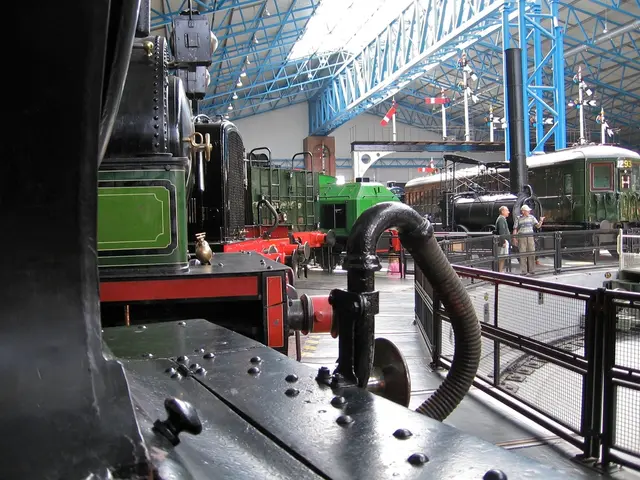UK's Net-Zero Push to Transform Building Sector, Create Jobs
The UK's transition to net-zero by 2050 necessitates a substantial revamp of its building sector. Historic structures, contributing approximately one fifth of the UK's greenhouse gas emissions, are a primary focus. A recent report by the UK Green Building Council (UKGBC) and Historic England indicates that retrofitting these edifices could generate £35bn in economic output and decrease carbon dioxide emissions by 5%.
To accomplish these objectives, plumbers and other construction workers must adapt their skills. They will need to employ innovative technologies like heat pumps and hydrogen boilers for sustainable renovations. The UK requires more than 105,000 new construction workers annually for the next three decades to meet its net-zero target.
Retrofitting historic buildings can also stimulate heritage-related tourism and hospitality, supporting around 290,000 jobs in supply chains. Existing workers will require additional training to ensure the heritage characteristics of these structures are preserved. Retrofitting can extend the life of older buildings, avoiding carbon dioxide emissions from demolition and new construction. Cement and steel production, significant contributors to global CO2 emissions, can be reduced by prioritizing sustainable building practices.
The UK's commitment to net-zero by 2050 is driving substantial changes in the construction industry. Retrofitting historic buildings is a key strategy, with the potential to generate substantial economic output and decrease carbon dioxide emissions. This will require a skilled workforce, adapted to work with sustainable technologies, and a commitment to preserving the UK's historic buildings.
Read also:
- Industrial robots in China are being installed at a faster rate than in both the United States and the European Union, as the global market for these robots faces a downturn.
- Galvanize Unveils $1.3 Billion Plan to Fund the Energy Sector's Evolution Pathway
- EAFO Research Uncovers Crucial Elements in Electric Vehicle Adoption within the EU
- Kazakhstan: From Nuclear Test Ground to Disarmament Champion








